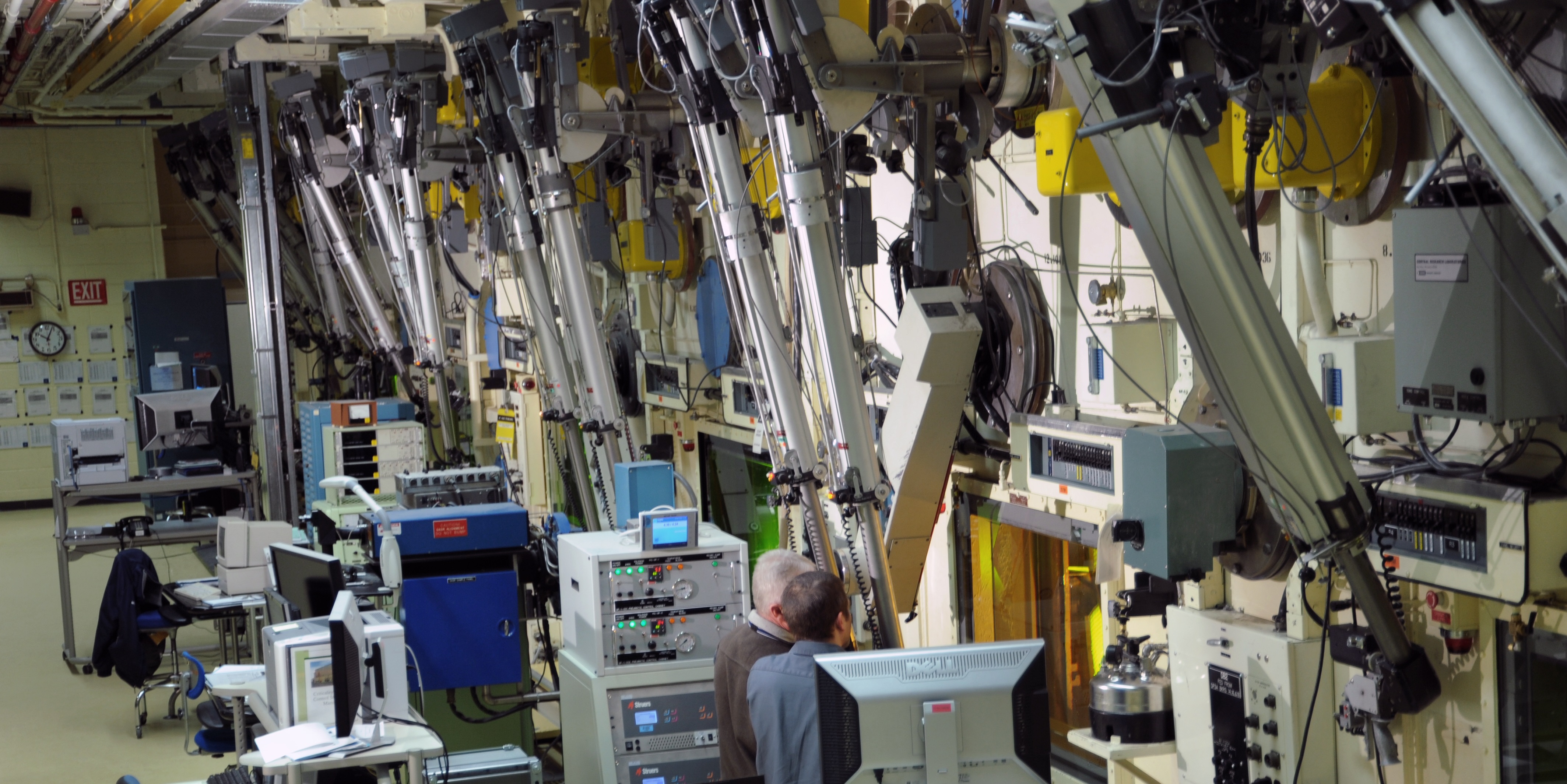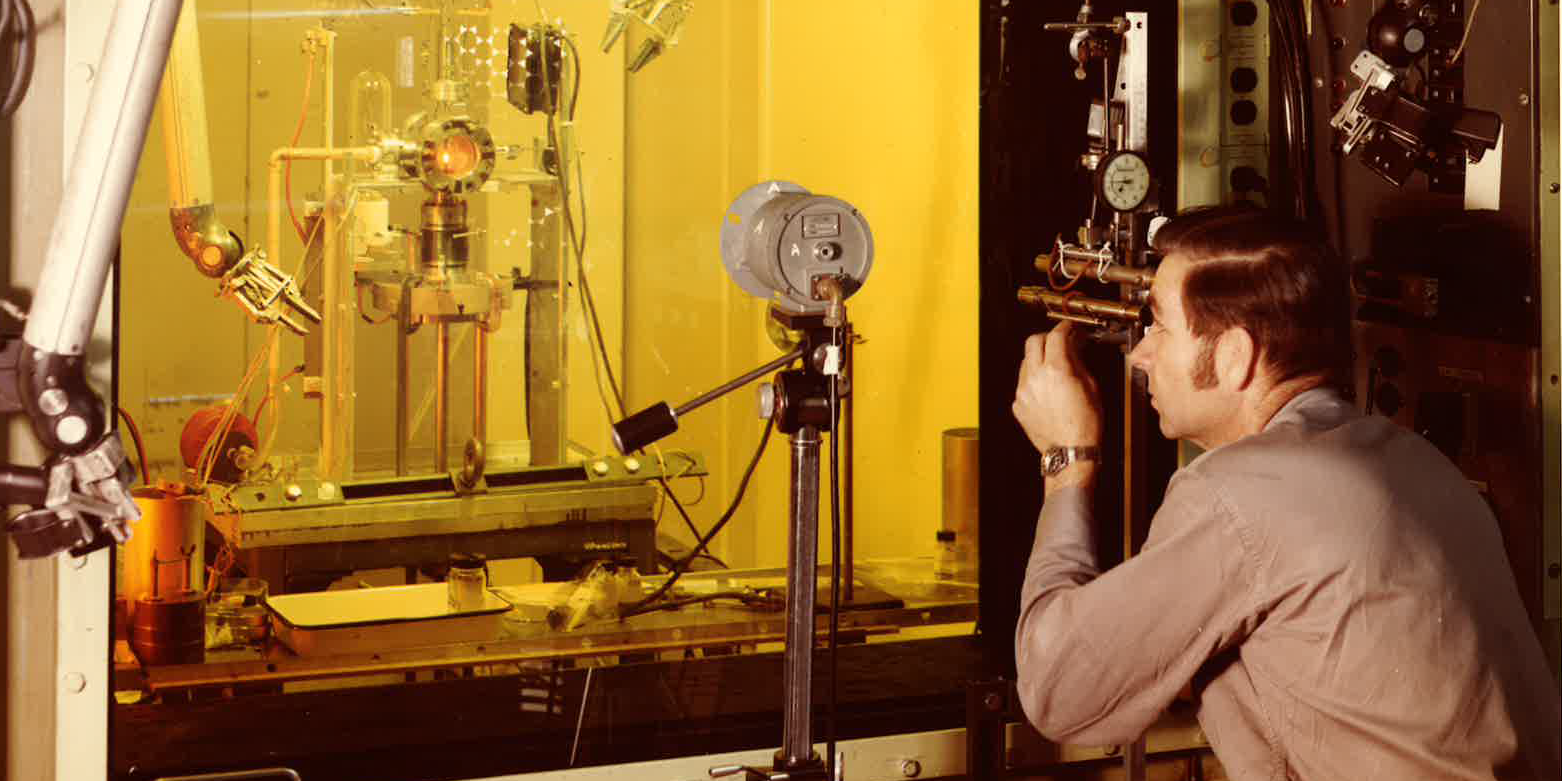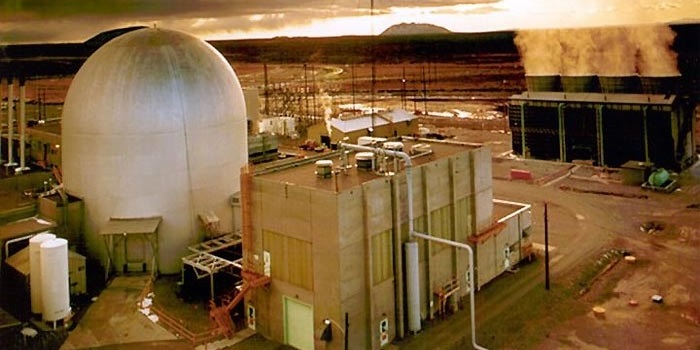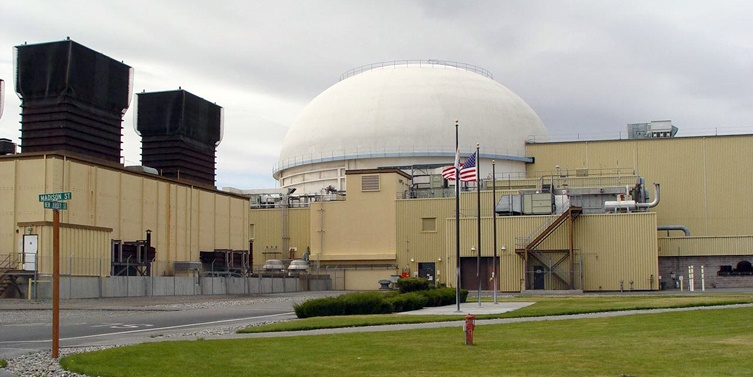ART Fast Reactor Databases
The DOE Nuclear Energy Advanced Reactor Technology (ART) Program has supported the creation of several databases with information describing the safety performance of fast reactors, components, and fuels. This growing collection of legacy experimental data, operating data, and analysis is available on the web to registered users.
Databases developed by the Argonne Nuclear Science and Engineering (NSE) Division are described here, and are accessible using Argonne account credentials, after access requests are approved (see below for details). Argonne collaboration accounts can be provided to external users. Databases created by Sandia and Pacific Northwest National Laboratories are also linked below, with access and maintenance handled by their representative institutions.
Argonne National Laboratory Databases
TREXR: TREAT Experimental Relational Database

Website
TREXR
A limited selection of TREXR is available to the public. User registration is required for increased access.
About
TREXR is an organized, searchable collection of information that describes the hundreds of experiments conducted on nuclear reactor fuels in the Transient Reactor Test (TREAT) facility beginning in 1960. The experiments generally investigated the response of nuclear fuel samples to severe conditions similar to those associated with reactor accidents. The TREAT reactor was specifically designed and operated to provide such conditions. TREXR includes a collection of thousands of documents describing the design and operation of these tests as well as measured instrumental data for some of the tests. Reports and records can be viewed and saved, and instrumental data can be plotted live as well as downloaded in CSV format.
Request Access
Requests for user accounts to access the database can be made by emailing [email protected].
FIPD: EBR-II Fuels Irradiation & Physics Database

Website
FIPD
FIPD is available to registered users.
About
FIPD is an organized collection of EBR-II test pin data and documentation. The database includes pin operation conditions calculated using a collection of ANL analysis codes developed during the IFR program, including axial distributions for power, temperatures, fluences, burnup, and isotopic densities. The database also contains pin measured data from post-irradiation examination, including pin fission gas release and gas chemistry measurements, and axial distributions from profilometry, gamma scans, and neutron radiography. There is also an extensive collection of documents associated with different pins and experiments, including raw PIE data, design descriptions, safety analysis, and operational reports.
Request Access
Requests for user accounts to access the database can be made by emailing [email protected].
OPTD: Out-of-Pile Transient Database

Website
OPTD
OPTD is available to registered users.
About
OPTD is an organized, searchable archive of records describing a series of out-of-pile furnace transient tests conducted on metallic fuel samples at the Alpha-Gamma Hot Cell Facility (AGHCF) at Argonne National Laboratory. Fuel pins (or pin segments) previously irradiated in EBR-II were placed into one of two furnace apparatuses constructed in the AGHCF and overheated to examine the fuel-cladding compatibility of each sample, margins to failure, and failure mechanisms. Records describing the design, planning, and execution of the tests are included in the database as well as test summary reports, experimenter’s notes, and post-test metallographic examinations of the samples.
Request Access
Requests for user accounts to access the database can be made by emailing [email protected].
ETTD: EBR-II Transient Test Database

Website
ETTD
ETTD is available to registered users.
About
The EBR-II Transient Test Database (ETTD) is an archive of data and documents describing transient tests performed in the EBR-II reactor during the 1984-1987 time period. The database provides links to tests that are grouped in five testing periods (each with different core load configuration) under which they were conducted, or several testing categories including:
- Reactivity feedback characterization tests
- Loss of flow with scram and transition to natural circulation
- Loss of flow without reactor scram with different levels of severity
- Dynamic frequency response tests
- Loss-of-heat-sink tests (with or without scram)
- Steam drum pressure reduction tests
- Plant inherent control tests (to demonstrate "load-following" features of the reactor)
For each test, the ability to download and/or plot up to 1000 selected DAS channels (broadly grouped under the reactor power, control and safety rod position, core, IHX, intermediate sodium coolant temperatures, superheater steam temperatures, primary, intermediate and balance of plant flow rate measurements, etc.) is provided, along with links to the unedited data from the original DAS tapes (either in binary or ASCII converted form).
Request Access
Requests for user accounts to access the database can be made by emailing [email protected].
ZPRD: Zero Power Reactor Database

Website
ZPRD
ZPRD is available to registered users.
About
ZPRD is an organized, searchable collection of information related to the critical experiment programs conducted between 1955 and 1990 at ZPR-3, ZPR-6, ZPR-9 and ZPPR to support fast reactor design. The primary focus of these programs was liquid metal fast reactors, but the programs also included gas-cooled fast reactors, space power reactors, nuclear propulsion, fundamental fast reactor physics measurements and criticality safety related to the integral fast reactor program. Experimental measurements included criticality, sodium void worth, control rod worth, reaction rate distributions, neutron spectra, simulations of accident scenarios, and various other parameters. The database includes the original facility records required to construct high fidelity as-built models of the experiments, the as-built models themselves along with past results, and reports documenting the modeling and measurements taken. The models, facility records, experimental results and related documents in the database are used for software validation and testing of nuclear data. A guidebook that discusses the available experimental records and the more common types of experiments performed at ZPR-3, ZPR-6, ZPR-9 and ZPPR is suggested as the starting point for new users.
Request Access
Requests for user accounts to access the database can be made by emailing [email protected].
Sandia National Laboratory Databases
NaSCoRD: Sodium System and Component Reliability Database
Website
NaSCoRD
NaSCoRD is available to registered users.
About
This database was developed as part of a United States DOE Nuclear Energy Advanced Reactor Technologies program. The project's mission is to re-create the capabilities of the legacy Centralized Reliability Database Organization (CREDO) database. The CREDO database provided a record of component design and performance documentation across various systems that used sodium as a working fluid but was lost by its US custodian in the 1990s. Raw data of US origin was only recently recovered from the Japan Atomic Energy Agency (JAEA) with whom the US had established a joint database. This NaSCoRD database uses reconstructed CREDO data (CREDO-I) with reliability information sourced from operational documents, unusual occurrence reports, and design documents, called CREDO-II.
Request Access
To allow the domestic sodium industry access to this data, Sandia has established a controlled access website for users to directly explore SQL reports. Access to NaSCoRD can currently be requested through the DOE-NE ART sodium reactor program manager. Request access by e-mailing [email protected].
Pacific Northwest National Laboratory Databases
FFTF Databases

Website
FFTF Databases
FFTF Databases are available to registered users.
About
In support of the U.S. Department of Energy, Office of Nuclear Energy (DOE-NE) Advanced Reactor Technology (ART) program, Pacific Northwest National Laboratory (PNNL) has been in the process of preserving, protecting, securing, and placing in electronic format documents and plant data that were generated for the Fast Flux Test Facility (FFTF) reactor plant, especially passive safety tests and metal fuel tests. This work has been conducted in phases that are designed to protect valuable documents and data from being destroyed or lost, and to electronically archive the documentation and data for future utilization by reactor designers and safety analysts.
Request Access
Requests for user accounts to access the database can be made by emailing [email protected].